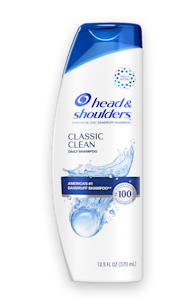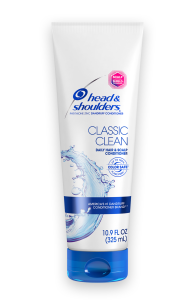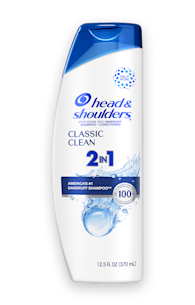3 KEY DIFFERENCES BETWEEN HEAD LICE AND DANDRUFF

An itchy scalp and white objects in your hair can mean dandruff, or it might be head lice. To make sure you get it right, use our guide to spot the difference.
While they share certain similarities – an itchy scalp being the most obvious – there are key differences that distinguish head lice from dandruff.
Let’s look at three differences you can use to tell them apart.
1. Cause 2. Appearance 3. Location
The major difference between these two conditions is their cause. Head lice are small parasitic creatures that feed off human blood. Saliva secreted by lice irritates the scalp, and is the cause of the itchiness and sores that characterize a lice infestation.
Dandruff, on the other hand, is caused by sensitivity to oleic acid. This acid is a by-product of the malassezia microbe, which we all have on our scalps. Not everyone is sensitive to oleic acid, but in some cases it can cause irritation, itching, and flakes.
While there are similarities, it’s not that hard to spot differences in the way dandruff and head lice look:
The white flakes caused by dandruff are excess skin flakes, and as such will not be attached directly to the hair – by contrast, teardrop-shaped lice eggs are directly adhered to the follicle, often very close to the scalp.
Adult head lice can actually be spotted, although it’s a bit difficult. Use a head lice comb on wet hair under good lighting for the best effect
Because malassezia is distributed across the entire scalp, dandruff is not a localized problem: flaky dandruff patches can be found all over the scalp.
By contrast, head lice have definite preferences for their home. They’ll usually be found behind the ears and on back of the neck, both areas where they like to lay their eggs. Head lice symptoms are usually focused on these areas as well.
Now that you’ve done the hard work and know which of these conditions you have, it’s time to talk about treatment. First up: dandruff.
Treating dandruff
Compared to head lice, dandruff is fairly simple to deal with. A proven dandruff shampoo will help soothe the symptoms of dandruff, while helping to neutralize the cause and washing away any flakes.
For best effect, use your dandruff shampoo every time you wash your hair. Dandruff is a chronic condition which will come back if untreated.
Dealing with head lice is an entirely different story.
Treating head lice
Head lice hatch every seven to ten days, with a total life cycle of about four weeks. Any treatment, therefore, needs to take this into account.
Start with an over-the-counter head lice solution. Most of these will target the hatched lice, so you’ll need to repeat the process every week or so to make sure you get them all.
While you do this, you should also invest in a metal or plastic lice comb. These fine-tooth combs are designed to remove the eggs from the hair follicle. You should use your comb every day for about an hour, cleaning the comb of nits and lice on a disposable tissue or towel between strokes.
Unfortunately, as we’ve mentioned, the lifecycle of head lice is about four weeks, so you’ll need to keep up treatment for at least this long to make sure you’re completely louse free.





